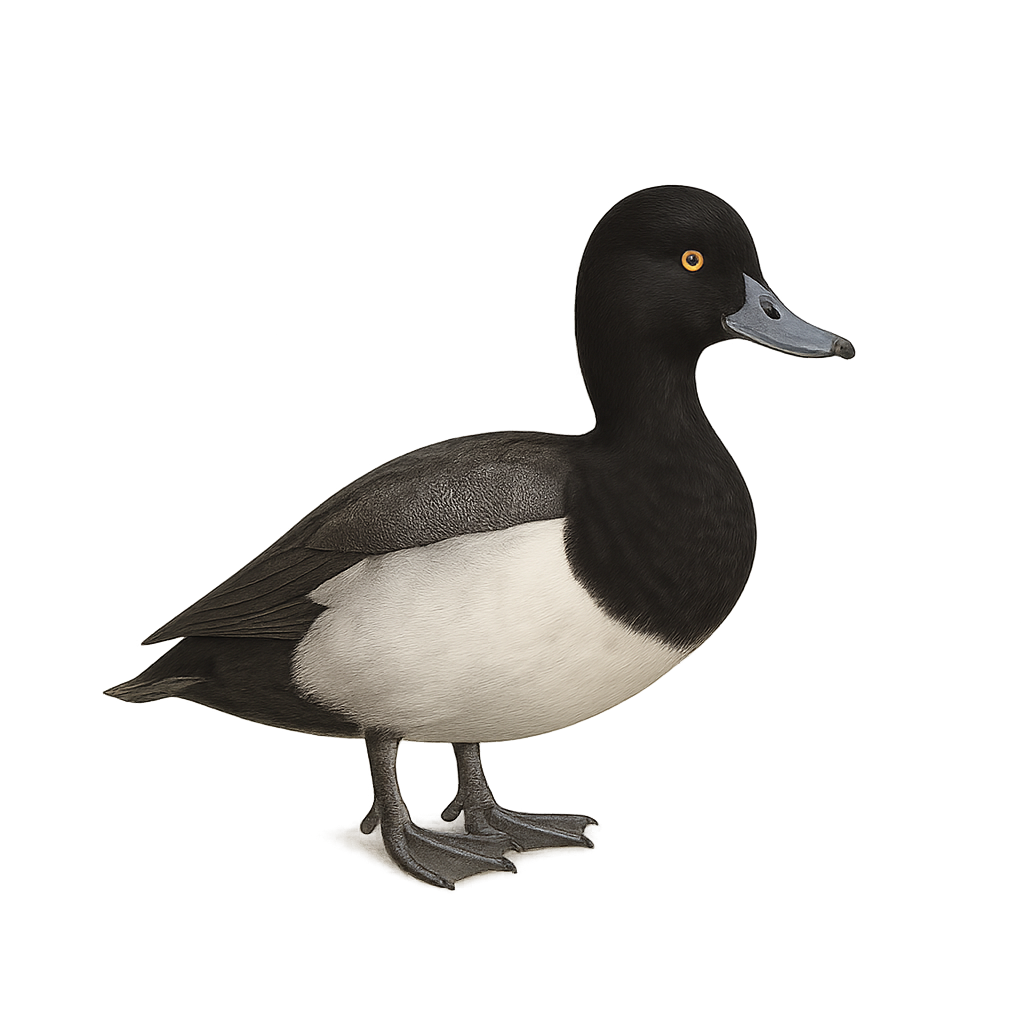Your wildlife photography guide.
Explore the lesser scaup in detail, study its behavior, prepare your shots.
Where to observe and photograph the lesser scaup in the wild
Learn where and when to spot the lesser scaup in the wild, how to identify the species based on distinctive features, and what natural environments it inhabits. The WildlifePhotographer app offers tailored photography tips that reflect the lesser scaup’s behavior, helping you capture better wildlife images. Explore the full species profile for key information including description, habitat, active periods, and approach techniques.
Lesser Scaup
Scientific name: Aythya affinis

IUCN Status: Least Concern
Family: ANATIDAE
Group: Birds
Sensitivity to human approach: Suspicious
Minimum approach distance: 10 m
Courtship display: May to July
Incubation: 25-26 jours
Hatchings: May to August
Habitat:
Lakes, ponds, marshes
Activity period :
Primarily active during the day, with peak activity in the morning and late afternoon.
Identification and description:
The Lesser Scaup, Aythya affinis, is a medium-sized diving duck known for its rounded head and grayish plumage. Males have a black head with purple sheen, gray back, and white belly, while females are duller with a brown head and a white ring around the bill. They primarily feed on mollusks, crustaceans, and aquatic plants. Their preferred habitats include lakes and ponds in North America, where they migrate in large flocks. Their flight is fast and direct, often in tight formation. Although common, their population is monitored due to environmental changes.
Recommended lens:
400mm – adjust based on distance, desired framing (portrait or habitat), and approach conditions.
Photography tips:
To photograph the Lesser Scaup, it is advisable to use a telephoto lens of at least 400mm to capture detailed images without disturbing the bird. Approach slowly and maintain a safe distance of about 10 m to avoid startling it. The best photo opportunities often occur early in the morning or late afternoon when the light is soft and bird activity is high. Be patient and wait for the bird to adopt a natural posture or interact with its environment to get authentic shots.
The WildlifePhotographer App is coming soon!
Be the first to explore the best nature spots, track rutting seasons, log your observations, and observe more wildlife.
Already 1 439 wildlife lovers subscribed worldwide

